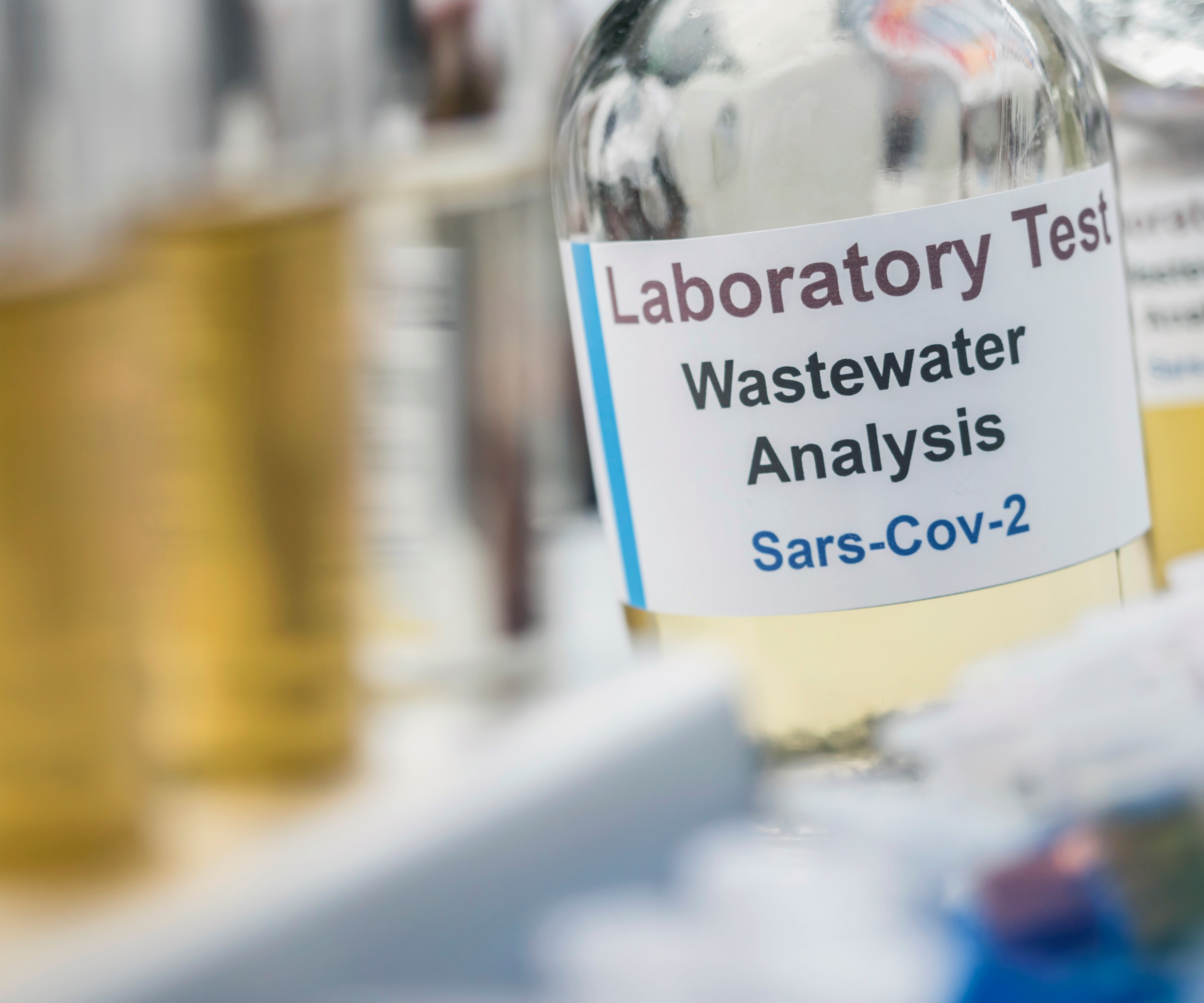
CANADA NEEDS ALL HANDS ON DECK FOR FUTURE WAVES OF THE COVID-19 PANDEMIC
Steve Hrudey | June 14, 2020
Population health surveillance must be a cornerstone of pandemic response. The current COVID-19 pandemic has posed an enormous logistical challenge. Without widespread population immunity, public health measures for reducing the spread of COVID-19 are largely limited to identifying cases, tracing their contacts and isolating infected individuals from vulnerable, uninfected individuals. Currently, about 2 million Canadians, mostly symptomatic cases or individuals considered to have been exposed or at risk, have been tested with almost 100,000 Canadians positive. Sampling individuals and performing so many clinical tests has been a challenge.
Wastewater-based epidemiology (WBE) is a complementary approach attracting international attention. WBE uses community sewage to represent an entire population to obtain quantitative signals of the prevalence of infection. A 24-h composite sample of influent sewage represents the collective faecal discharge of an entire urban population on the sewer network - effectively a community-wide swab. Because SARS-CoV-2 is discharged in the faeces of infected of individuals, sewage samples can potentially provide a quantitative signal of COVID-19 in the entire population, allowing trends to be tracked.
Water and public health researchers in the Netherlands started sampling wastewater for genetic signals of SARS-CoV-2 for six communities in early February, 2020 before any clinical cases had been detected. Using the method that forms the backbone of clinical testing, they were able to detect a signal before clinical cases were reported. As COVID-19 spread in the Netherlands during March, the wastewater genetic signal increased and correlated with the increasing prevalence of cases. In the 10 weeks since publication of the Dutch study, WBE has been reported from Australia, France, Israel, Italy, Japan, Spain and the USA.
WBE has previously been used to track viruses, including monitoring polio vaccination programs and tracking diseases such as hepatitis, norovirus and influenza. Regional and national WBE programs are being launched or underway by Australia, the European Commission, Finland, Germany, the Netherlands, Singapore, South Africa, Sweden, and the USA.
In Canada, the Canadian Water Network, a national not-for-profit knowledge broker, launched the COVID-19 Wastewater Coalition to advance the use of WBE in Canada by facilitating a national proof-of-concept pilot project to rapidly assess the ability to usefully apply WBE and to identify the key elements of WBE that would be needed in a Canadian surveillance program.
WBE is focussed on untreated sewage, allowing WBE to be independent of differing downstream wastewater treatment technologies. Subsequently, if methods and data can be validated and sampling risk minimized, the possibility of sampling in the sewer network may allow for WBE strategies more targeted to suspected high-risk locations.
WBE cannot replace widespread, ongoing clinical testing, contact-tracing and isolation of infected individuals; knowledge about which individuals are infected will always be needed. But, the inherent capability of a single WBE composite sample to assess the presence of SARS-CoV-2 in the faecal discharge of thousands to millions of individuals warrants careful evaluation. The potential of WBE to provide additional, complementary evidence about trends of COVID-19 infection in a community, possibly days in advance of cumulative clinical test data is compelling. Yet, despite some expressions of interest by federal and provincial government officials WBE has not been widely adopted in Canada.
While elements of the necessary techniques are widely used by Canadian researchers, wastewater is a complex matrix and the combination of knowledge, experience and skills necessary to deliver accurate, reproducible and meaningful results from WBE is not trivial. Rigorous and thorough quality assurance and quality control of sampling, processing and analysis are essential for analytical results to have meaning.
The potential to achieve early identification of emerging hotspots, implications of relaxing social restrictions and early indications of a need for more intensive, focused clinical surveillance can enhance the effectiveness of conventional public health measures. Although sampling and processing of sewage samples involve additional steps not required with individual clinical tests, the economy of a much smaller number of analyses required for WBE is self-evident. Delivering a WBE pilot project while numbers of new cases are declining is essential before Canada experiences the expected subsequent waves of COVID-19 infection.
Optimizing procedures for monitoring signals of various infective agents in community wastewater could provide effective population surveillance for future disease outbreaks as well as endemic disease surveillance thereby leaving Canada with an enduring benefit from the COVID-19 pandemic experience.
Steve E. Hrudey is Professor Emeritus, Department of Laboratory Medicine and Pathology and was the inaugural Associate Dean of the new School of Public Health, University of Alberta. He is Chair of the Research Advisory Group to the Canadian COVID-19 Wastewater Coalition.
This article was initially published in the Globe and Mail on June 14, 2020.



